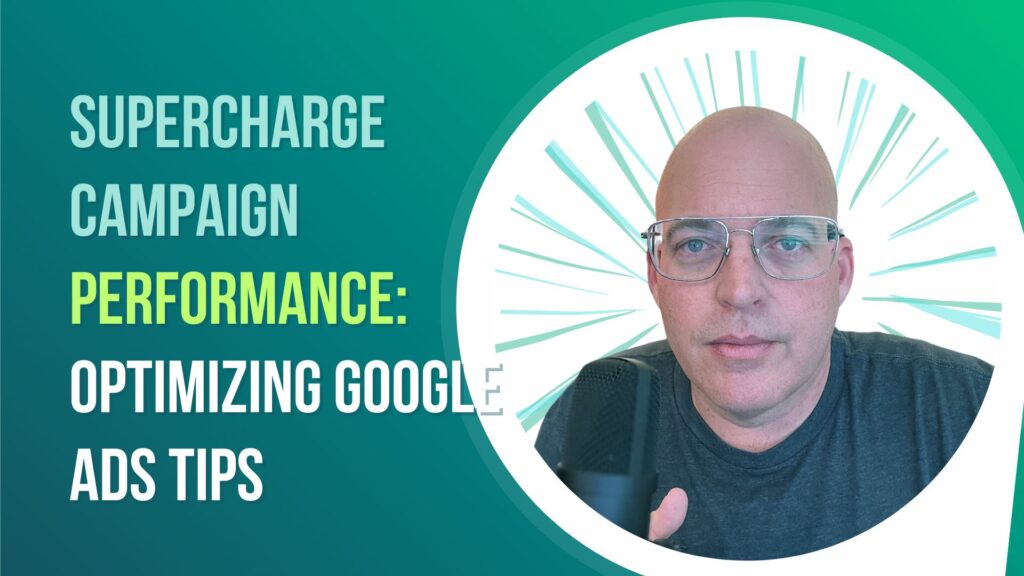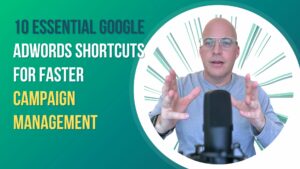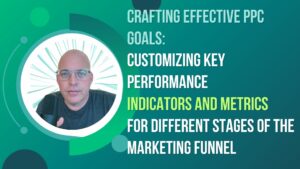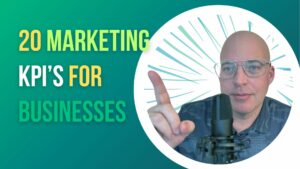Optimize Google Ads campaigns to maximize the effectiveness and success of your online advertising efforts. Here are a few key reasons why:
- Cost Efficiency: By optimizing your campaigns, it ensures that you get the most from your advertising budget. Optimization techniques help you target the right audience, select relevant keywords, and improve ad performance. This will result in higher click-through rates (CTR) and conversion rates. This means you’re spending your ad budget more efficiently and getting a better return on investment (ROI).
- Improved Ad Relevance: Optimization techniques such as keyword research, ad copy refinement, and audience targeting help you create more relevant and targeted ads. This increases the chances of your ads appearing to the targeted market. It leads to higher engagement and conversions. Ad relevance improves your quality score, lowering costs per click (CPC) and increasing ad rankings.
- Enhanced User Experience: A well-optimized campaign focuses on providing a positive user experience. This includes delivering relevant ads, directing users to well-designed landing pages, and ensuring a seamless browsing experience across devices. There will be engagement to your brand, complete desired actions, and become loyal customers.
- Competitive Advantage: Optimization gives you a competitive edge in online advertising. You stay ahead of competitors by continuously monitoring and improving your campaigns and effectively reaching the target audience. A well-optimized campaign allows you to leverage data-driven insights, adapt to market trends, and make informed decisions to outperform competitors.
- Long-Term Success: Optimization is an ongoing process to help adapt to changes in the market, consumer behavior, and industry trends. You can refine your targeting, messaging, and overall strategy by optimizing your campaigns to stay relevant and drive long-term success. Regular monitoring and optimization ensure that your campaigns remain effective and aligned with your business goals.
Tips to Optimize Google Ads
Identify Target Audience
One must have a clear idea of your target audience. This will help you create relevant and appealing ads for the people you want to reach. To figure out who your target audience is, consider the following:
- What are the demographics of your ideal customer? Age, gender, income level, etc.
- What are their interests and hobbies?
- What are their pain points and needs?
- Where do they spend their time online?
A great way to do this is to list your top ten perfect clients and build a client persona for each. Hubspot has a great tool here for creating buyer personas.
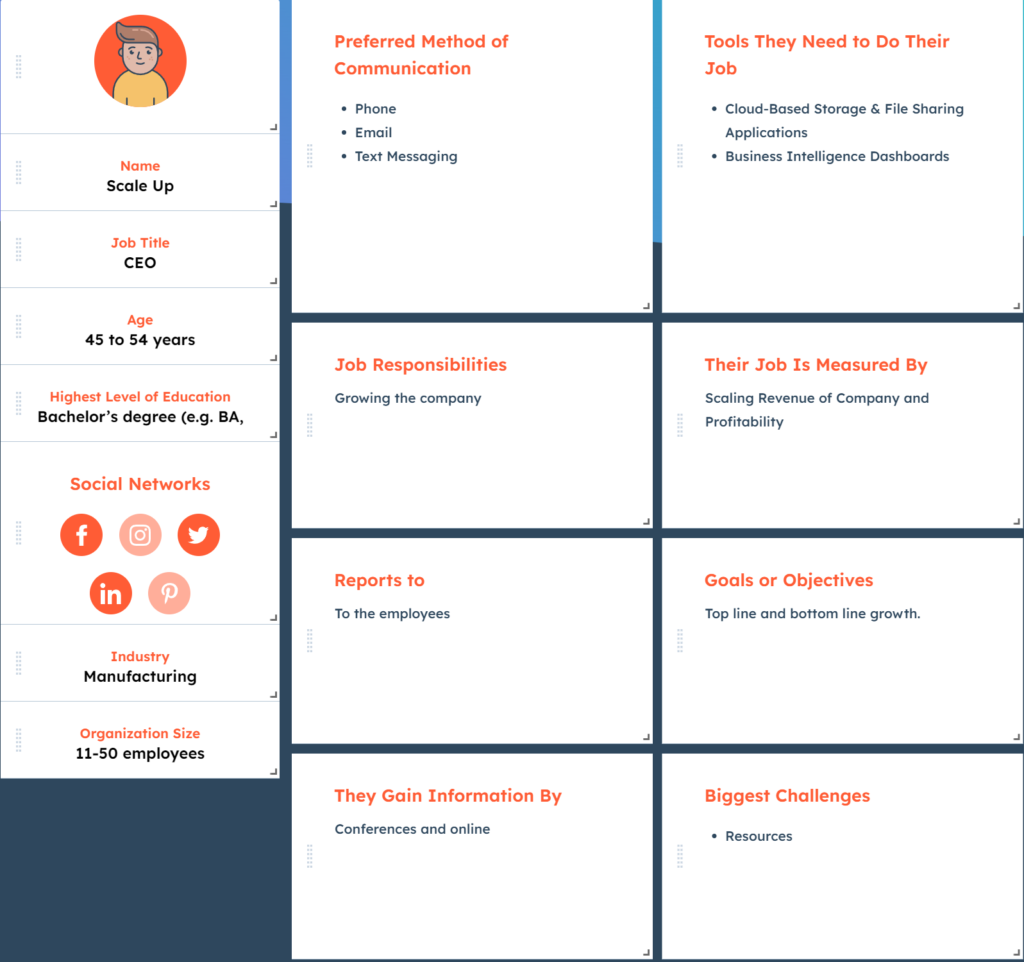
Creating Google Ad Copy
Once you have a good understanding of your target audience, you can start creating your ads. The key here is to make them as relevant and appealing as possible. Here are a few tips to keep in mind:
- Use keywords that your target audience is likely to search for. This will help your ads show up in the right search results.
- Include a strong call-to-action (CTA) in your ad. This could be something like “Sign up now” or “Learn more.”
- Make sure your ad copy is clear, concise, and compelling. Avoid using jargon or technical terms that your audience may not understand.
- Use images or videos to grab people’s attention and make your ad more engaging.
Keeping an Eye on Google Ads Metrics
Once you set up your ads, monitoring and optimizing them is essential. This will help you improve their performance and get the best possible return on your investment. Here are a few things to keep an eye on:
- Click-through rate (CTR): CTR is the number of people who saw and clicked through the ad. A high CTR is a good sign that your ad is relevant and appealing to your target audience.
- Conversion rate: This is the percentage of people who click on your ad and take the desired action, such as signing up for your email list or purchasing. A high conversion rate means your ad effectively drives people to take action.
- Cost-per-click (CPC): This is the amount you pay each time someone clicks on your ad. A lower CPC means you’re getting more value for your money.
- Return on Ad Spend (ROAS): ROAS is the revenue attributed to an ad divided by the costs of the ads.
- Cost per Acquisition (CPA): This is the cost to complete a specific conversion goal.
- Cost per Thousand Impressions (CPM): Cost to show 1000 impressions of a specific ad.
More Tips for Supercharging Google Ads Optimization
- Adjust your keywords and ad copy based on the results of your testing.
- Use negative keywords to prevent your ad from appearing in irrelevant search results.
- Use ad extensions to add more information to your ads, such as your business’s address or phone number.
- Use Google experiments to split test campaigns. Be sure to change only one variable when testing.
- Use Google Optimize to split test landing pages.
- Use automated bid strategies such as max conversions and target CPA.
- Use a tool such as SpyFY or Keyword Planner to research competitors and keyword ideas.
- Review the auto recommendations. Google has gotten better with the recommendation, but some of these will majorly impact the account. Be sure to review them before applying.
Optimize, Adapt, Succeed: Thoughts on Google Ads Optimization
Optimizing your Google Ads can be a powerful way to reach potential customers and drive them to your website. By understanding your target audience, creating relevant and appealing ads, and regularly monitoring and optimizing their performance, you can get the most out of your investment and grow your business.

